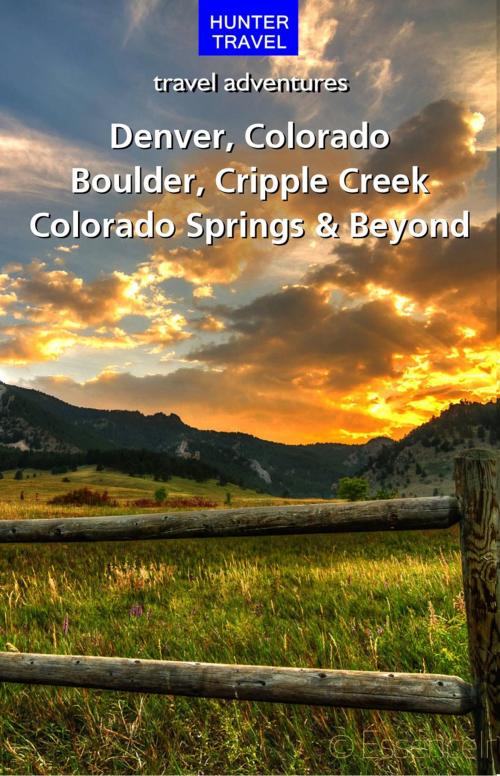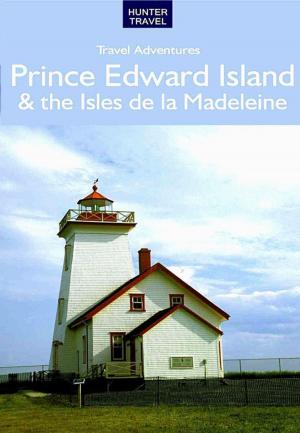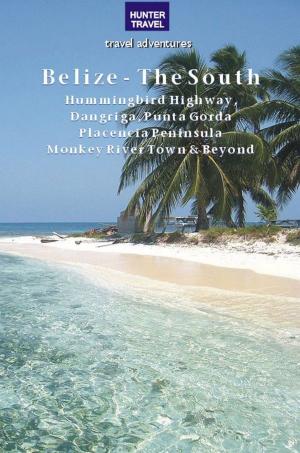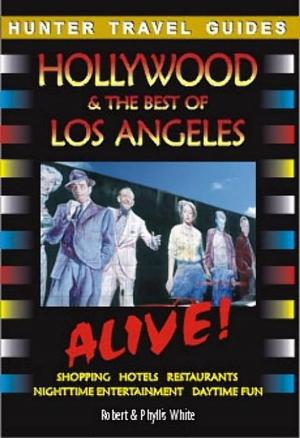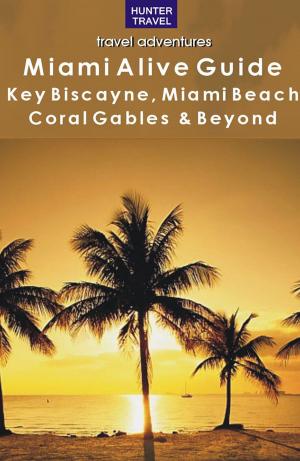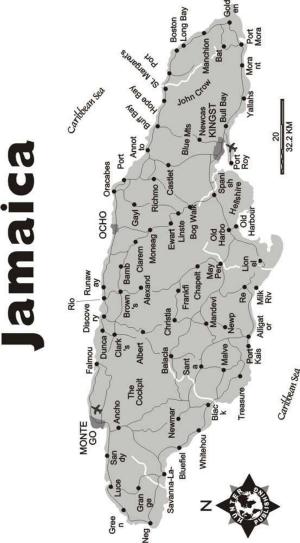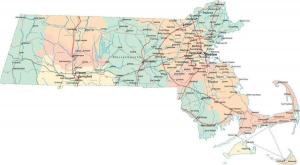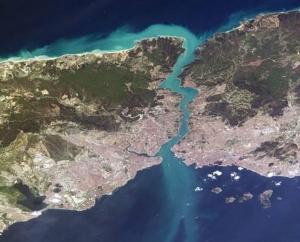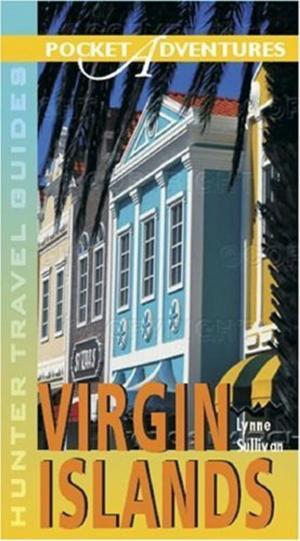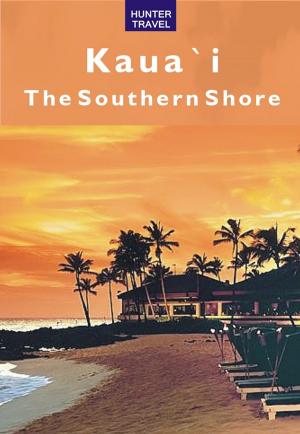Denver, Colorado Springs, Boulder, Ft. Collins, Cripple Creek & Beyond
Nonfiction, Travel, United States, South| Author: | Curtis Casewit | ISBN: | 9781556501302 |
| Publisher: | Hunter Publishing | Publication: | February 15, 2013 |
| Imprint: | Language: | English |
| Author: | Curtis Casewit |
| ISBN: | 9781556501302 |
| Publisher: | Hunter Publishing |
| Publication: | February 15, 2013 |
| Imprint: | |
| Language: | English |
The Colorado capital of today is a far cry from the cattle country of a generation ago. The growing city with a small-town ambiance has become a full-fledged metropolis. The Denver Center for the Performing Arts, for instance, is nearly as big as New York's Lincoln Center. Denver is the center of finance and commerce in the Southwest, the nation's fastest growing region. The new families have reclaimed old downtown neighborhoods, such as historic Capitol Hill; they restored the old brick and frame homes, and have made the area thrive again. Lovers of haute cuisine will find their pleasure in scores of restaurants. Denver boasts over one hundred named parks of various sizes and shapes that stretch in every direction. The Denver Performing Arts Complex is the second-largest performing arts center in America. The complex is entered under an 80-foot-high, block-long glass arch that leads to nine theatres offering over 9,200 seats. Highlights of the center include the 2,800-seat Buell Theatre, home to top Broadway road shows such as Phantom of the Opera; Boettcher Concert Hall, the first symphony hall in-the-round in the nation; and the Helen Bonfils Theatre Complex, which has four theatres and the West's largest resident acting company. Or why not try Idaho Springs, nearby? Stroll along its short main street. Step into a leather shop selling beaver hats or a little rock store that also sells gems and beads. Explore Idaho Springs' old gold mines. The Mount Evans Highway leads from downtown to the top of North America's highest automobile road atop 14,264-foot-high Mount Evans. Mountain goats and bighorn sheep graze here. Its counterpart to the south, Pike's Peak, can be seen from here. The surrounding Mount Evans Wilderness Area offers thousands of acres for hiking, camping, fishing and horseback riding in summer, cross-country ski trails in winter. And then there is Fort Collins Mountain Park, set in a broad, wooded valley. You can drive west through 10,285-foot Cameron Pass in the Medicine Bow Range, or north to West Lake Campground, at 8,300 feet, close to the lovely Red Feathers Lakes. You should also visit the Roosevelt National Forest, which is laced with scores of mountain trails used by hikers and bikers. It consists of some 800,000 (yes, 800,000) acres of mountain playground west of Fort Collins. This is just a start. This guide goes on to cover Colorado Springs, Cripple Creek, Pueblo and much more. For each destinations, the places to stay and the restaurants are described, the walks and hikes, the adventures on water, the shops, the history and everything else you need to know.
The Colorado capital of today is a far cry from the cattle country of a generation ago. The growing city with a small-town ambiance has become a full-fledged metropolis. The Denver Center for the Performing Arts, for instance, is nearly as big as New York's Lincoln Center. Denver is the center of finance and commerce in the Southwest, the nation's fastest growing region. The new families have reclaimed old downtown neighborhoods, such as historic Capitol Hill; they restored the old brick and frame homes, and have made the area thrive again. Lovers of haute cuisine will find their pleasure in scores of restaurants. Denver boasts over one hundred named parks of various sizes and shapes that stretch in every direction. The Denver Performing Arts Complex is the second-largest performing arts center in America. The complex is entered under an 80-foot-high, block-long glass arch that leads to nine theatres offering over 9,200 seats. Highlights of the center include the 2,800-seat Buell Theatre, home to top Broadway road shows such as Phantom of the Opera; Boettcher Concert Hall, the first symphony hall in-the-round in the nation; and the Helen Bonfils Theatre Complex, which has four theatres and the West's largest resident acting company. Or why not try Idaho Springs, nearby? Stroll along its short main street. Step into a leather shop selling beaver hats or a little rock store that also sells gems and beads. Explore Idaho Springs' old gold mines. The Mount Evans Highway leads from downtown to the top of North America's highest automobile road atop 14,264-foot-high Mount Evans. Mountain goats and bighorn sheep graze here. Its counterpart to the south, Pike's Peak, can be seen from here. The surrounding Mount Evans Wilderness Area offers thousands of acres for hiking, camping, fishing and horseback riding in summer, cross-country ski trails in winter. And then there is Fort Collins Mountain Park, set in a broad, wooded valley. You can drive west through 10,285-foot Cameron Pass in the Medicine Bow Range, or north to West Lake Campground, at 8,300 feet, close to the lovely Red Feathers Lakes. You should also visit the Roosevelt National Forest, which is laced with scores of mountain trails used by hikers and bikers. It consists of some 800,000 (yes, 800,000) acres of mountain playground west of Fort Collins. This is just a start. This guide goes on to cover Colorado Springs, Cripple Creek, Pueblo and much more. For each destinations, the places to stay and the restaurants are described, the walks and hikes, the adventures on water, the shops, the history and everything else you need to know.
